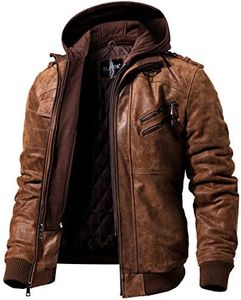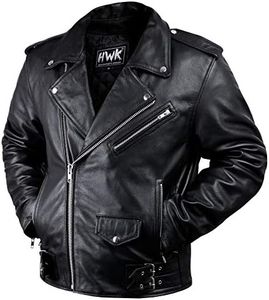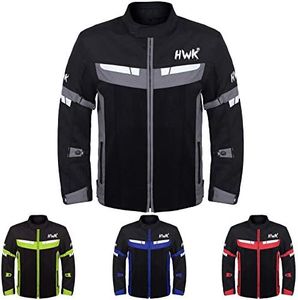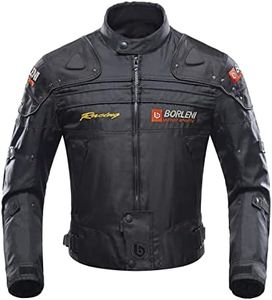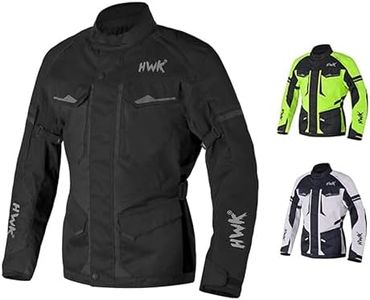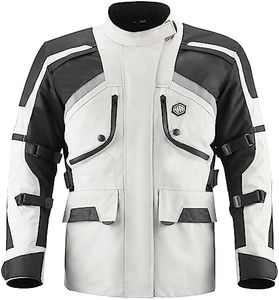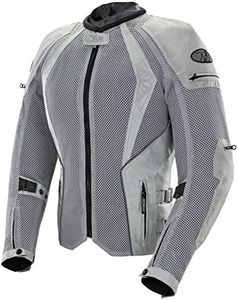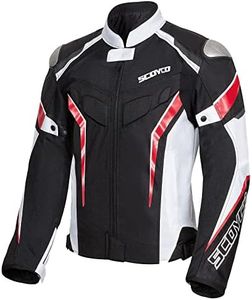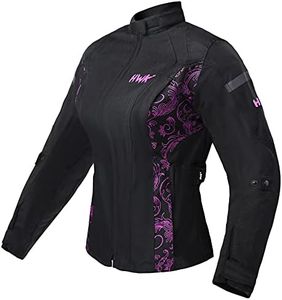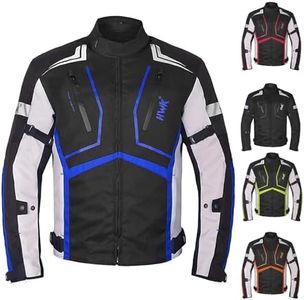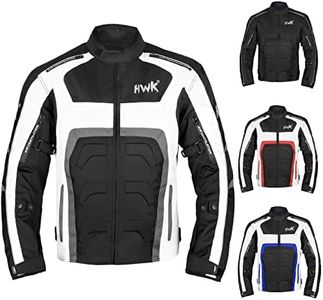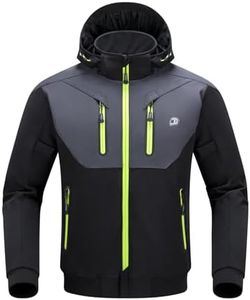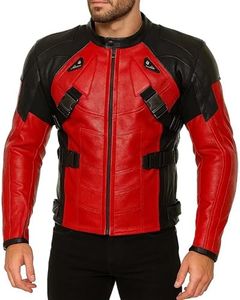We Use CookiesWe use cookies to enhance the security, performance,
functionality and for analytical and promotional activities. By continuing to browse this site you
are agreeing to our privacy policy
10 Best Motorcycle Riding Jackets
From leading brands and best sellers available on the web.Buying Guide for the Best Motorcycle Riding Jackets
Choosing the right motorcycle riding jacket is about much more than just style—it's essential for your comfort, safety, and overall riding experience. The best jacket will not only help protect you in case of falls, but also shield you from wind, rain, and temperature changes. When shopping, focus on features that match your riding style, climate, and personal comfort needs, rather than just picking what looks cool or popular. Understanding the jacket's key aspects will help you make a smart and personalized choice.MaterialMaterial refers to what the jacket is made of, and it's a crucial factor for both protection and comfort. Common materials include leather and textiles. Leather offers superior abrasion resistance and a classic look, but can be heavier and less breathable. Textile jackets use synthetic fabrics (like nylon or polyester) and may offer features like waterproofing, lighter weight, and more ventilation. To choose, think about your climate and riding needs—if you ride mostly in dry, mild conditions, leather could be great; for variable weather or longer trips, textiles might suit you better.
ProtectionProtection describes the built-in safety features such as armor or padding in areas like shoulders, elbows, and the back. This is important because these areas are most vulnerable in a fall. Jackets vary: some have basic foam padding, while others have certified impact protectors. Decide based on how aggressive or risky your riding is: for city commuting, lighter protection might suffice; for sport or touring riders, look for jackets with advanced armor rated to recognized safety standards.
VentilationVentilation means the ability of the jacket to allow airflow and keep you cool, especially in warm weather. Jackets may have zippered vent panels, mesh sections, or breathable liners. More vents and mesh mean better airflow but might reduce weather resistance. Consider where and when you ride: If you mostly ride in hot climates, prioritize jackets with lots of vents or mesh. Cooler climates or winter riders may prefer fewer vents to retain warmth.
Weather ResistanceWeather resistance covers how well the jacket protects you from rain and wind. Some jackets are waterproof or come with removable liners, while others are only water-resistant. Determine how much riding you'll do in rain or cold conditions—if you'll face a lot of bad weather, waterproof or windproof features become very important. Otherwise, lighter, regular jackets may be sufficient.
Fit and ComfortFit and comfort relate to how the jacket feels and moves with your body. A good fit is snug enough to keep armor in place but roomy enough for free movement. Many jackets offer adjustable cuffs, waists, or sleeves for a custom fit. Try to imagine your riding posture—if you lean forward on a sportbike, look for pre-curved sleeves; for upright riding or touring, focus on overall mobility. Prioritize a fit that supports your usual riding style for maximum comfort and protection.
Visibility FeaturesVisibility features include reflective strips, high-visibility colors, or panels. These elements help other road users see you better, particularly in low light or bad weather. If you ride at night or in traffic, extra visibility features are very helpful for safety. However, if you only ride during the day in less traffic, this may be less critical for you.
Storage and PocketsStorage and pockets refer to how much you can carry in the jacket itself—like keys, wallet, or phone. Some jackets have multiple secure, waterproof, or hidden pockets. Think about what you usually need close at hand during a ride: if you like to keep essentials within reach, pick a jacket with enough and the right type of pockets for your habit.
